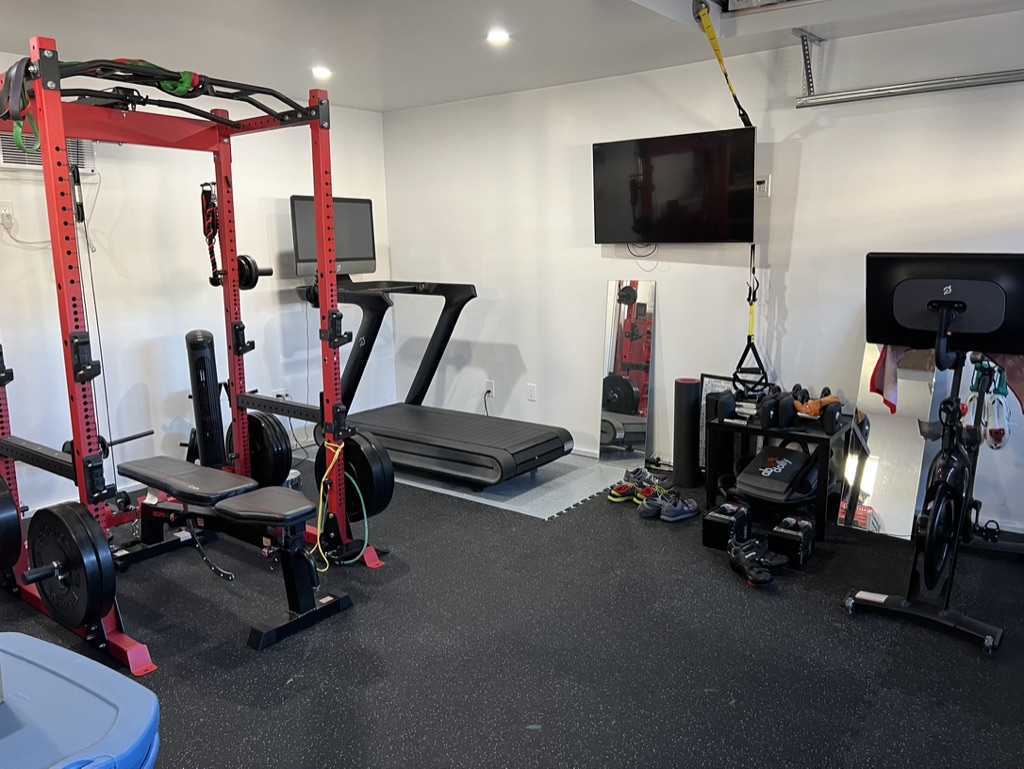The myth of 10,000 steps
How many steps should you get in a day? 10,000 seems to be a magic number thrown around by a lot of people and is the default setting in a lot of fitness trackers. But where does that number actually come from?

Would you believe me if I told you the number 10,000 was a marketing ploy? The origin of that number can be traced back to Japan around the time they were hosting the 1964 Olympics. The general feelings around exercise and health were beginning to increase at this time. A Japanese company introduced a new device called Manpo-kei, which means “10,000 steps” in Japanese. These early pedometer devices, coupled with the new energy for exercise because of the Olympics caused step counting to become mainstream. So much so that it found its way outside of Japan and is still prevalent today. So is there an ideal daily step count for health benefits?
It’s all a big lie!
Does this origin story mean you should put your walking shoes back in the closet and just cozy up on the couch watching Netflix? Not so fast!
Walking is still tremendously beneficial for our health. But if failing to reach such a lofty goal of 10,000 has caused you to stop trying all together, I have good news for you. While walking more is beneficial, how much more does not have to feel so daunting. According to research, you can see tremendous benefits from increasing your steps from 2,000 to 4,000. And the health benefits in one study level off around 7,500. So if reaching for 10,000 feels like an impossible task, that is okay! Lace up those shoes anyway, or go barefoot in the grass (there is research around the benefits of that too!).
Where to start

You don’t have to buy a fancy fitness watch or tracker to count your steps every day. If you have a smartphone and carry it with you most of the time, you can use the step counter built into it. Your results don’t have to be super accurate, as long as your measurement tool remains consistent. You can even do a rudimentary test of counting your steps for 1 to 5 minutes and getting a sense of how many steps you walk in that time. When I am walking at a casual pace I usually get about 1,000 steps in 10 minutes. Find a way to keep track of your daily steps and stick to it. It does not have to be complicated.
Weekly Average
Next, take a look at your weekly average. Not all days are the same. I work in two different offices and visit school sites on some days. Depending on where I am and what is on my calendar, my step count can be quite different. And on the weekends I tend to get less steps overall, not counting the weekends while we have been training for the half marathon. I got over 30,000 steps one of those days.
Once you have your weekly average, set yourself a goal to hit a minimum weekly average or set yourself a daily minimum. Don’t aim for the sky on this. Aim to increase your average by 500 to 1,000 at first. Focus on getting just a little bit more until that feels easy. Aim to increase that number over time. With my online training clients I have them track their steps for two weeks before we set a target daily goal.
Making it happen
Okay, you have a goal, but now what? How do you actually get more steps in the day? You could start with adding a 5 minute walk after a meal. Do that a couple of times a day and you have added around 1,000 steps to your daily count. You do not have to get all of the steps at one time. Breaking the steps into smaller chunks is a great option. Some of the classic things you have probably heard a million times, like park further from the store, take the stairs, get off the subway/bus stop one stop early, all actually work.
Some other things that I have found work for me:
- When you have phone calls at work, take them while walking about in your office.
- When you need to use the restroom, walk to one further away, or even better on another floor.
- Take a walk during your breaks at work. Get outside if you can. The sunlight is good for you too!
- When folding laundry, bring only a few items out of the dryer at a time.
- Carry groceries in one bag at a time.
- Bring in the trash cans one at a time.
You will be amazed at all the ways you can add extra steps to your day if you try. I like to think of it as a game. How many different ways can I add steps to my day without really trying?
It’s not just steps!

Oh, and by the way, all movement works. If walking is not your jam, ride a bike, use a rower, roller blade, go swimming. Steps are talked about most because it is simple to do them without the need for added equipment. But if you have access to some other form of movement and you love it, please don’t give it up in favor of taking more steps just because you are reading some article about steps being good for your health. Steps equal movement and movement is the real key. Find any form of movement that you love and do that!
Resources:
https://www.health.harvard.edu/blog/10000-steps-a-day-or-fewer-2019071117305




